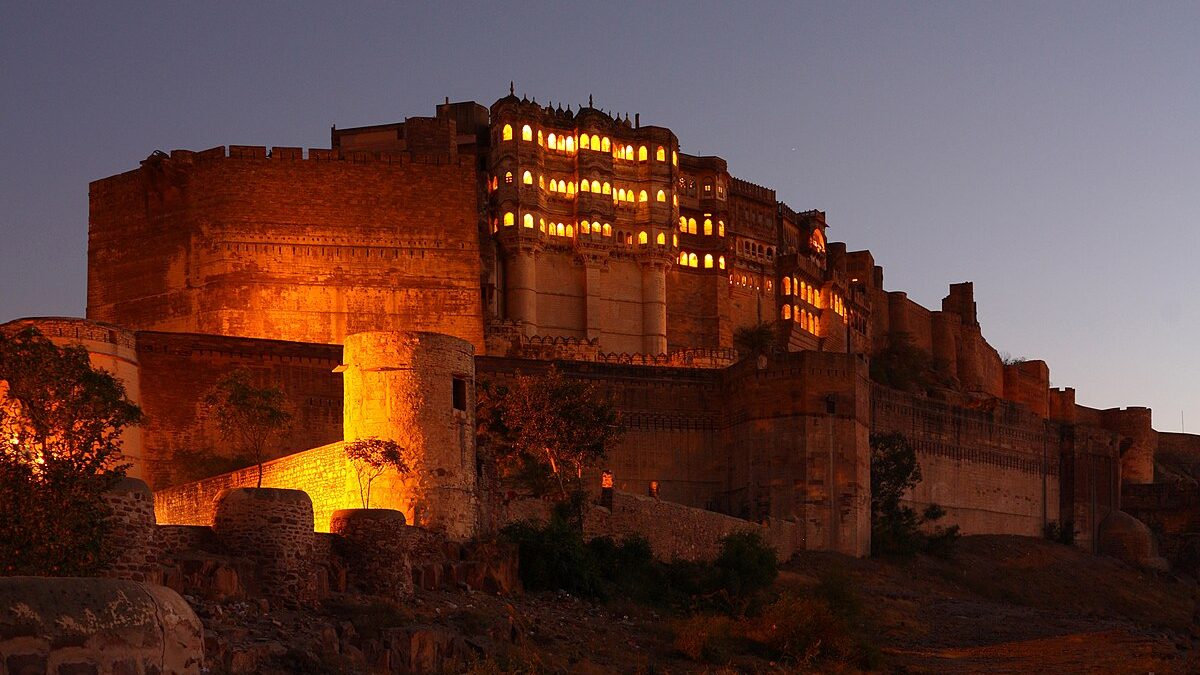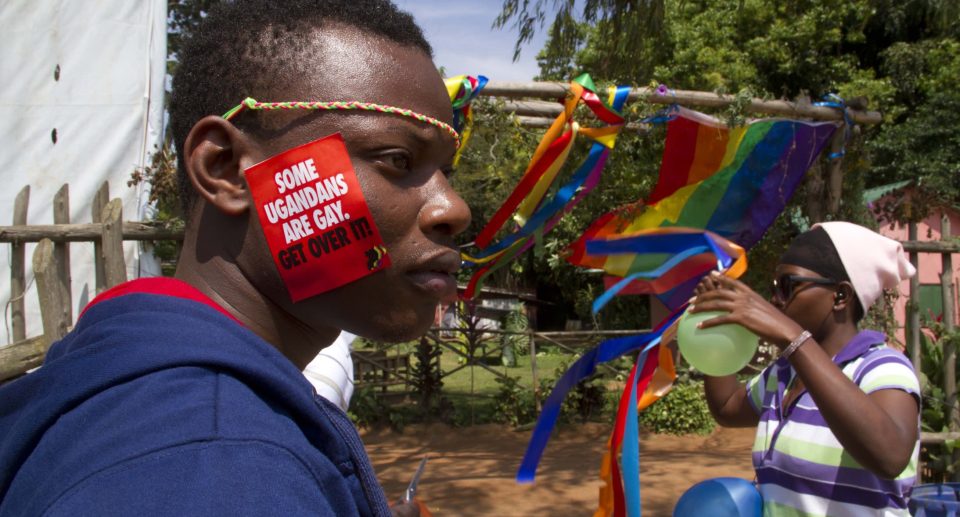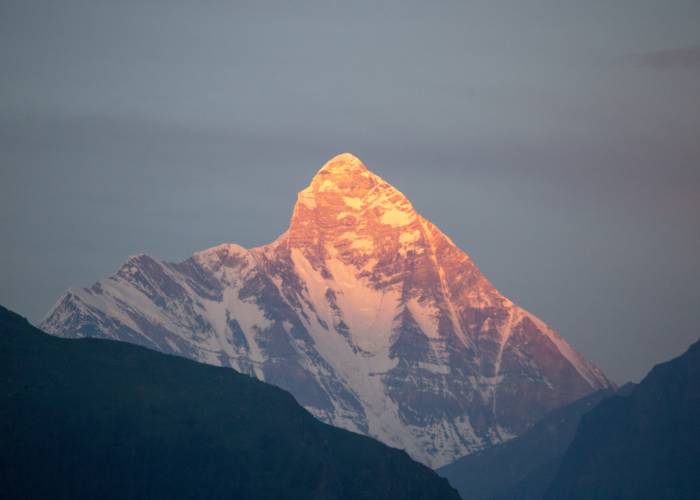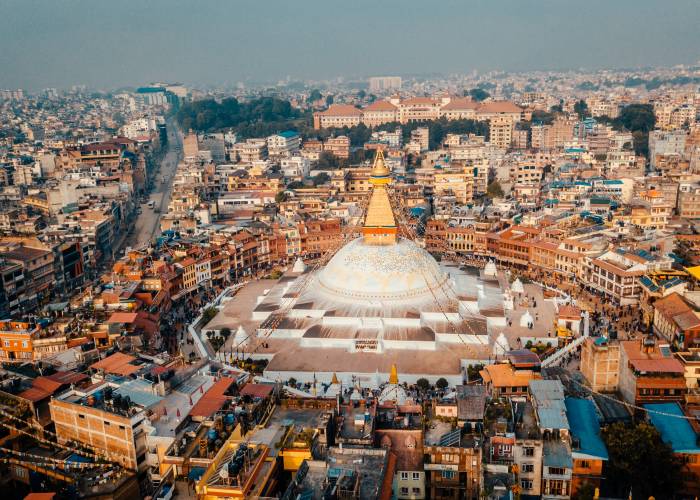After 60 Years, The Trans Bhutan Trail Reopens To Boost Tourism In Bhutan

The Trans Bhutan Trail invites visitors to explore the country’s unique history. Bhutan recently opened its borders, and one of the main highlights has been the reintroduction of the 16th century Trans Bhutan Trail (TBT), which has long served as a pilgrimage route for Buddhists traveling from the east to the most sacred sites in the western region. After 60 years, the trail has been reopened to travellers.
According to reports, the 403-kilometer Trans Bhutan Trail is now open to domestic, regional, and international visitors. Bhutan’s tourism industry will benefit from the 403-kilometer Trans Bhutan Trail. Has and Trashigang are linked by this trail.
Sam Blyth, Chair of the Bhutan Canada Foundation, the non-profit organization behind the Trail’s restoration, added that 100% of the profits from the journeys go back into the Trail’s long-term maintenance and development, as well as supporting the local communities that live along it. He went on to say that the project is also accountable for involving communities and stimulating enterprise and employment through homestays, community campsites, grocery purchases for campsites, and guiding programmes.
This trail is an ancient pilgrimage and communication route that connects Haa in Bhutan’s far west to Trashigang in the east. According to records, the trail was used by pilgrims, messengers, armies, and traders until the 1960s, and reopening it for travellers has been a difficult task.
Blyth also stated that the Trail is a tribute to Bhutan’s ancestors as well as a gift to future generations. He claims that the Trans Bhutan Trail provides a new and intimate way for visitors to experience the world’s best-preserved traditional culture, whether on foot or by bike, as well as immerse themselves in legends passed down through generations.
What is the Trans Bhutan Trail?
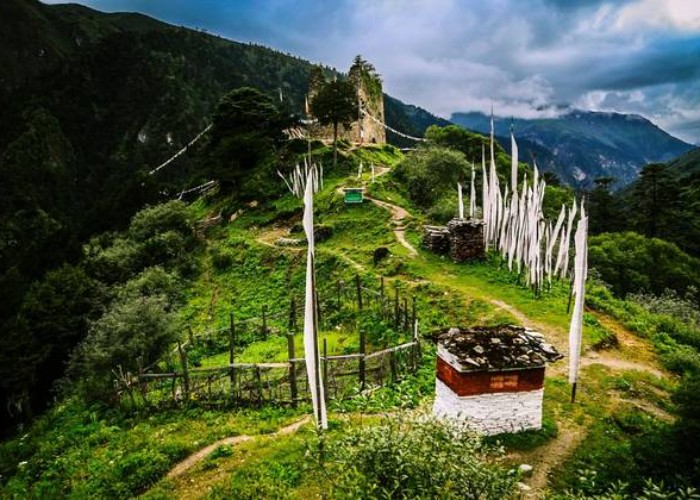
The historic Trans Bhutan Trail is a 250-mile-long east-west pilgrimage road. This ancient Bhutan trail dates back thousands of years and was once part of the Silk Road. The road linked several dzongs, or fortifications, that were used to repel foreign armies about 500 years ago. Buddhists used this route to visit holy sites such as the Druk Wangyal and Trashi Choeling temples.
History of Bhutan Trans Trail

Trail runners known as garps delivered communications down the trail for the political forces at the fortifications, carrying administrative directives, political alliances, and other secrets. The trail also allowed the various Himalayan kingdoms along the route to interact and remain united as one group battling for the area before Bhutan gained independence from Britain and became a country in 1907. For 50 years, the Trans Bhutan Trail was the only link between Bhutan and the rest of the world.
In the 1950s, the Bhutanese government began constructing a highway across the country, which included some significant portions of the original trail. People began using buses and cars on the highway after the highway was completed, and they stopped walking through the trail. As a result, the trail deteriorated and bridges, stairways, and footpaths became impassable.
The Restoration of Trans Bhutan Trail
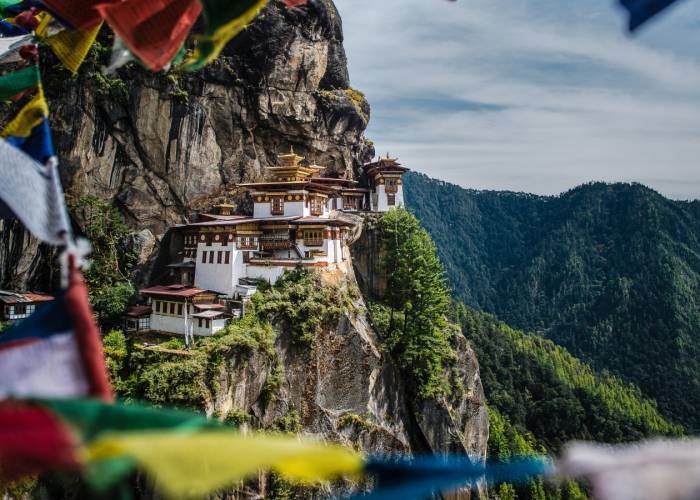
Bhutan Canada Foundation, an organization dedicated to the preservation of Canada-Bhutan relations, has restored the sacred historic Trans Bhutan hiking trail. The organization chose to fund and repair the route in 2018, with the assistance of King Jigme Khesar Namgyel Wangchuck. Over 10,000 stairs and 18 significant bridges had to be rebuilt or restored, as well as the entire 250-mile path. More than 900 local workers who had been laid off during the pandemic returned to work on the restoration, which was fortunate for the Bhutanese people as well.
“When I first went to Bhutan in the 1980s, I walked the country with some people who walked the trail as children, I’d always heard of this legendary trail and experience, because it had a big impact on very young children,” said Sam Blyth, founder of the Bhutan Canada Foundation. So, when the time came, it was clear to me that this thing had the potential to capture the imagination and provide both a physical and educational experience, as well as a spiritual experience for many.”
Blyth also stated that the country anticipates that young children will discover the ancient Trans Bhutan Trail to learn about local plants and animals. The trail is also expected to become a major part of the national curriculum and a national service programme. Under this programme, anyone under the age of 18 spends a year working or walking the Trans Bhutan trail. Those who complete the Trans Bhutan tour will be awarded a certificate and a medal.
Places to Visit on Trans Bhutan Trail
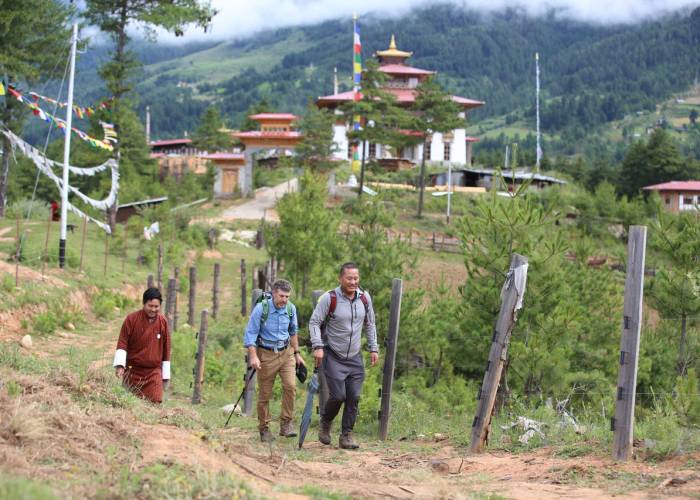
The trail journeys through 27 gewogs (village groups), 21 temples, 4 dzongs, 12 mountain passes, 77 chortens, 10 cantilever bridges, 5 suspension bridges, and 30 stupas.
The Trans Bhutan Trail also allows visitors to reconnect with nature. The trail’s incredible features include rhododendron forests, lush rice paddies, mountains, and stunning meadows. Some of the trail’s well-known gewogs include:
- Katsho (Haa)
- Lamgong (Paro)
- Dopshari (Paro)
- Chang (Thimphu)
- Mewang (Thimphu)
- Toeb (Punakha)
- Talog (Punakha)
- Guma (Punakha)
- Lingmukha (Punakha)
- Dzomi (Punakha)
- Nyisho (Wangdi Phodrang)
- Phangyul (Wangdi Phodrang)
- Dangchu (Wangdi Phodrang)
- Sephu (Wangdi Phodrang)
- Nubee (Trongsa)
- Tangsibjee (Trongsa)
- Chhumey (Bumthang)
- Chhokhor (Bumthang)
- Tang (Bumthang)
- Ura (Bumthang)
- Mongar (Mongar)
- Saling (Mongar)
- Drametse (Mongar)
- Ngatshang (Mongar)
- Narang (Mongar)
- Yangnyer (Trashigang)
- Samkhar (Trashigang)
Interesting facts about Trans Bhutan Trail
- The Trans Bhutan Trail is 403 kilometers (250 miles) long.
- The route connects 28 municipalities, nine districts, and two national parks.
- According to the Trans Bhutan Trail map, the trail connects Haa in west Bhutan to Trashigang in east Bhutan.
- The Trans Bhutan Trail tour provides photographers, nature lovers, botanists, and birdwatchers with numerous trekking and hiking opportunities.
- It will take about 27 days to complete this Trans Bhutan trek. You must, however, bring a local guide with you.
- The restoration and reopening of the trail will undoubtedly benefit Bhutan’s economy as well as the local communities that live along the route’s future.
- As of now, the route allows you to visit approximately 400 historic and cultural sites in Bhutan.
- Those interested in experiencing the Trans Bhutan Trail can stay in homestays, hotels, and campsites located along the route.
So, if you want to explore this historical and ancient trail in Bhutan, please leave a comment below. Tell us about your impressions of the country and its tourism potential.



